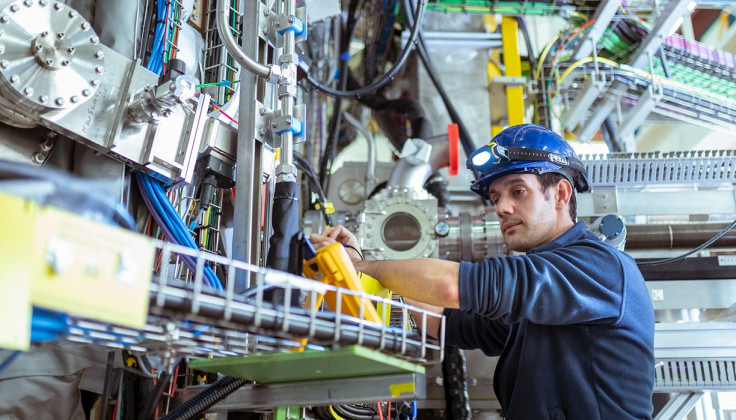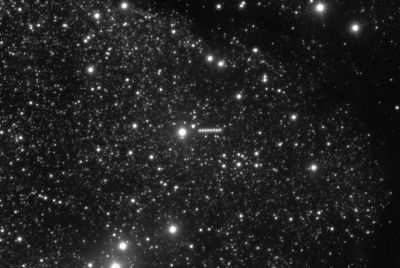UKAEA announce the launch of tritium training course

On the 27th of June this year, the UK Atomic Energy Authority (UKAEA) will launch a new, one-day tritium training course with the purpose of pushing its research into fusion forward for the benefit of the scientific and engineering communities. This new development comes after the company's successful "pilot" course that took place back in April at Culham Campus, which was also viewed by a team from First Light Fusion, a private energy corporation.
Tritium is a radioactive isotope of hydrogen. It is commonly and intrinsically produced as a by-product of nuclear reactors and close contact between gases and cosmic rays in the upper atmosphere. Whilst tritium has the same number of protons and electrons as hydrogen, it also contains two neutrons, whereas hydrogen possesses none; this makes the isotope radioactive and rather unstable. Although the isotope is relatively weak in terms of beta radiation, consuming tritium in large quantities (inhalation, for example) can lead to high risks of cancer.
Because tritium only has a half life of approximately 12.5 years, half of the radioactive atoms present inside of the isotope will naturally decay over time. Under controlled conditions, tritium can even be used as a gas, but its most common form is liquid as, similar to hydrogen, it reacts with oxygen in order to form water.
However, over the last 40 years, believing that tritium can one day be used to generate energy in fusion reactors, the UKAEA have devoted themselves to cautiously handling, storing and managing the isotope, explicitly for researching its place in fusion energy.

The Tritium Training, Development and Recruitment Manager for UKAEA, Hayley Taylor, has commented on the nature of the course, saying: "UKAEA is committed to sharing our tritium knowledge to drive forward tritium research across the scientific and engineering community".
Taylor adds: "fusion energy has the potential to be a safe, low carbon and sustainable part of the world's future energy supply. To make this happen, solutions must be found to address important challenges, such as supply, containment and quantification of tritium."
Senior members of the First Light Fusion team have also commented very favourably on the upcoming classroom course. Chief Operating Officer of First Light Fusion, Ryan Ramsey, says: "we recognise that training creates future capability in our growing team. Some of the skillsets we need are exceptionally niche and it's difficult to find organisations that can train them. Being part of the Fusion Cluster has enabled an increase in collaboration as we all search to solve the challenge of fusion".
"The training that UKAEA has provided has been really impressive and our team gained a great deal from the tritium course. The content matched what we needed and the delivery was engaging and focused. We're looking forward to continuing this part of our broader relationship going forward," says Ramsey.
The tritium course taking place in June will include covering the isotope's chemical properties, frequent and infrequent behaviours, safety factors and tritium fuel cycle stages, including mandatory process and equipment requirements. The company states that the course is open to graduates, new starters, scientists, engineers, academics, operators and individuals with a range of tritium knowledge, and a keen interest in fusion energy.
© Copyright IBTimes 2025. All rights reserved.






















